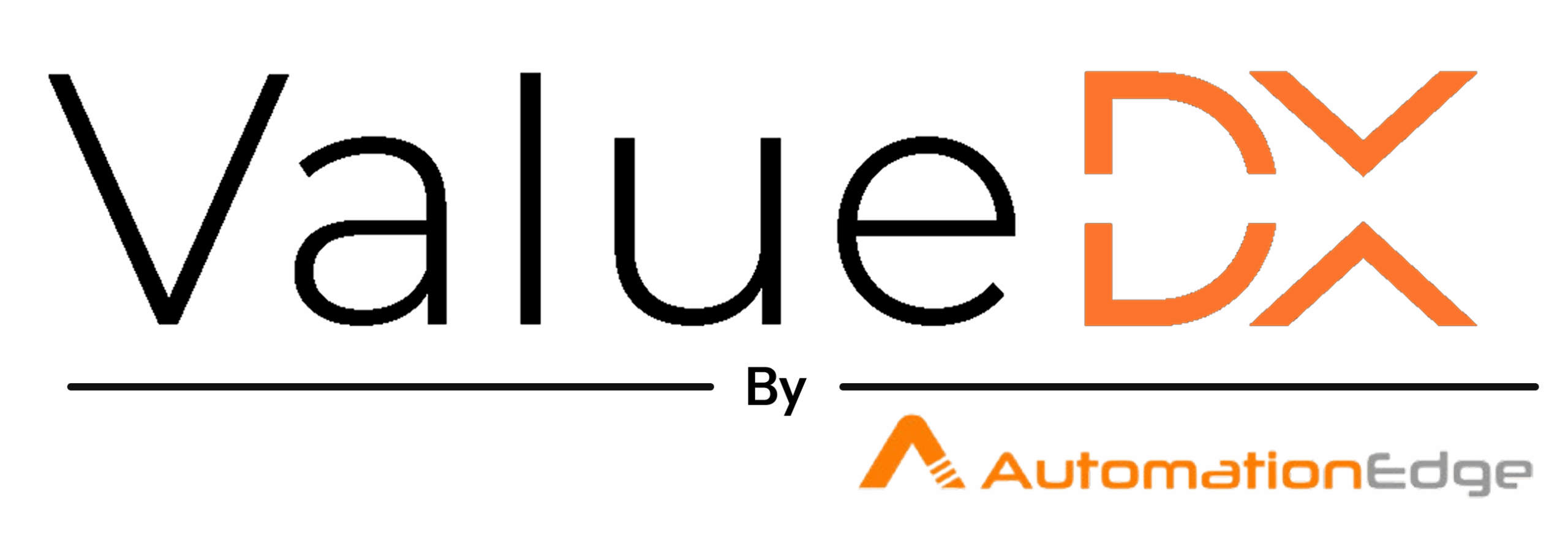
I’ve been in finance for over fifteen years, and I can’t tell you how many times I’ve watched colleagues get burned by flashy AP automation demos that promised the moon but delivered disappointment. Last month alone, I spoke with three CFOs who were stuck with systems that created more headaches than they solved.
Here’s the thing nobody talks about: most AP automation vendors are selling you expensive document scanners dressed up as intelligent solutions. After helping dozens of finance teams navigate this minefield, I’ve learned there are ten deal-breakers that separate the real solutions from the marketing fluff.
1. Does It Actually Talk to Your ERP?
I don’t mean some half-baked API connection that breaks every time your IT team sneezes. I’m talking about genuine integration that works with your existing approval workflows. Whether you’re running SAP, Oracle, or Tally, the system should feel like a natural extension of what you already use. If the vendor starts talking about “workarounds” during the demo, run.
2. Can It Handle Your Messiest Invoices?
Here’s my favorite test: ask the vendor to process that crumpled, coffee-stained invoice from your smallest supplier—the one that’s half in another language with handwritten notes in the margins. If their system chokes on real-world chaos, it’s not ready for your business. The best solutions I’ve seen can handle anything from pristine PDFs to photos taken with a smartphone.
3. Will It Keep You Out of Compliance Trouble?
Nothing ruins a CFO’s day quite like a surprise audit finding. Your system needs to handle local tax requirements, GST calculations, and e-invoicing mandates without you having to babysit it. I’ve seen too many finance teams scramble to recreate audit trails because their “automated” system wasn’t actually tracking what auditors needed.
4. What’s the Real Cost?
Be suspicious of vendors who won’t give you straight pricing. The best solutions I’ve encountered charge based on actual results—processed invoices, not seats or modules. If they’re pushing annual contracts with implementation fees that cost more than your current AP clerk’s salary, something’s wrong. One finance director I know saved 40% by switching to a pay-per-transaction model.
5. How Fast Can You Actually Go Live?
Your month-end close isn’t getting any easier while you wait for implementation. I’ve seen deployments drag on for eight months because vendors overpromised and underdelivered. The solutions that work best typically have you processing invoices within two weeks, not two quarters.
6. Does It Actually Reduce Manual Work?
This sounds obvious, but you’d be amazed how many systems create new manual tasks while eliminating old ones. Your solution should catch discrepancies before they become problems, not after. I recently visited a company where their “automated” system generated more exception reports than their old manual process.
7. Can It Handle How Your Vendors Actually Send Invoices?
Your suppliers aren’t going to change their habits for your new system. Some email PDFs, others use portals, and that one stubborn vendor still faxes everything. Your solution needs to meet them where they are, not force them to adapt to your technology choices.
8. Will Approvals Actually Speed Up?
Mobile approvals aren’t just nice-to-have anymore—they’re essential. Your managers need to approve invoices from anywhere, with clear visibility into what they’re approving. I’ve seen systems that made approval processes slower because they were designed by people who never actually had to use them.
9. Can You Actually See What’s Happening?
Real-time dashboards should answer questions before you ask them. Which vendors are consistently late? Where are approval bottlenecks? What’s your actual cash flow looking like? If you can’t get these answers instantly, the system isn’t earning its keep.
10. Will It Grow With You?
Nothing’s worse than outgrowing your AP solution right when it’s finally working smoothly. Whether you’re processing fifty invoices or fifty thousand, the system should scale without requiring a complete overhaul. I’ve watched growing companies get stuck with solutions that buckled under increased volume.
The Hard Truth
Look, I get it. Account Payable automation feels like it should be simple—scan invoices, route approvals, post to your ERP. But the devil’s in the details, and those details determine whether your team celebrates efficiency gains or curses the day you bought the system.
The finance leaders I know who’ve gotten this right didn’t choose the cheapest option or the one with the slickest demo. They picked solutions that solved real problems without creating new ones. Your approval workflow should feel natural, your compliance should be automatic, and your team should wonder how they ever managed without it.
Take it from someone who’s seen both spectacular successes and expensive failures: get these ten fundamentals right, and your AP automation will actually transform how your finance team works. Ignore them, and you’ll be shopping for a new solution in eighteen months.
Send your sample invoice to info@valuedx.com — we’ll get back to you with the extracted data.
Read our next blog – Click here
“Stop Wasting Money on Accounts Payable Automation That Doesn’t Work: A CFO’s Reality Check”
These Q&As are designed to speak directly to CFOs, controllers, and finance leaders considering AP automation — helping them avoid common traps and focus on what truly matters.

